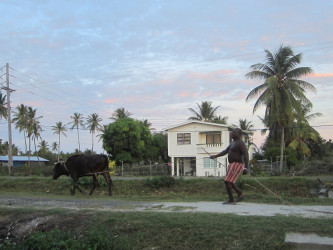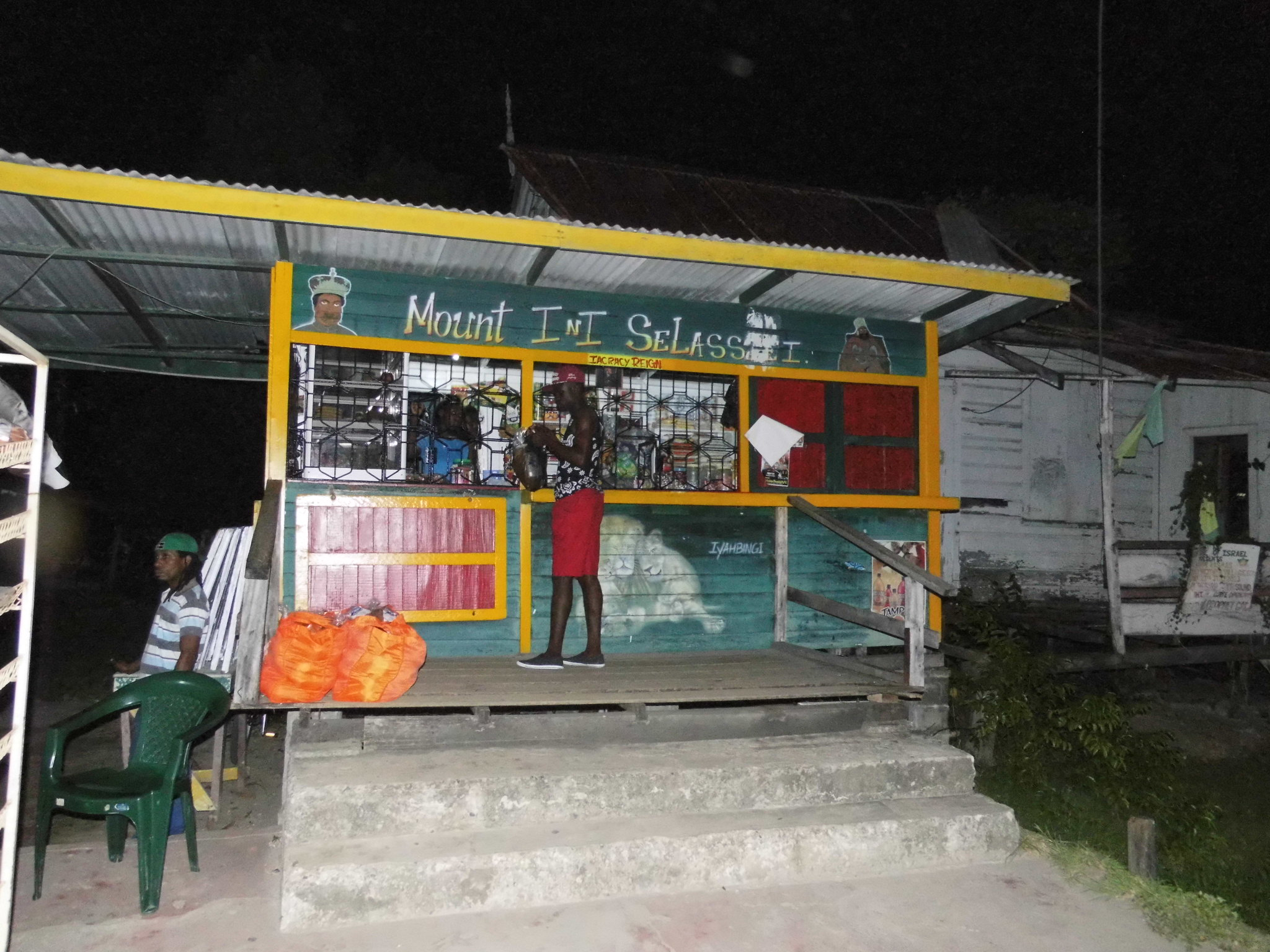(Part 1)
“Everyone knows about Buxton, yet few people know Buxton,” this was the lament of the former village councillor Owen McGarrell when he spoke with the World Beyond Georgetown.

McGarrell is right. Information about Buxton is seemingly everywhere. There is a Wikipedia page and a webpage www.buxtonguyana.net which detail the history of the village both ‘ancient and modern’ and news stories abound about this village which lies some 14 miles east of the capital city. A search of the Stabroek News website alone returns more than 5,000 results.
But very few Guyanese truly know this village. To most, Buxton is a shadowy place of dangerously angry people living, as one misguided reporter wrote, “In the dungeons of a hostile society.”
It was Jane Austen who wrote: “There is nothing like staying at home for real comfort,” and Maya Angelou who further explained that home is “The safe place where we can go as we are and not be questioned.”
For Buxtonians that is what the sister villages of Buxton-Friendship represent, a place to be yourself.
Formerly Plantation Orange Nassau, Buxton was bought for $50,000 in 1840. Its sister village Friendship, formerly Plantation Friendship was purchased in 1841 for $80,000. Together they form the amalgamated Buxton-Friendship, or for the natives just Buxton.
For its purchasers Buxton represented a victory, hard won and in need of constant protection. It is this belief that


